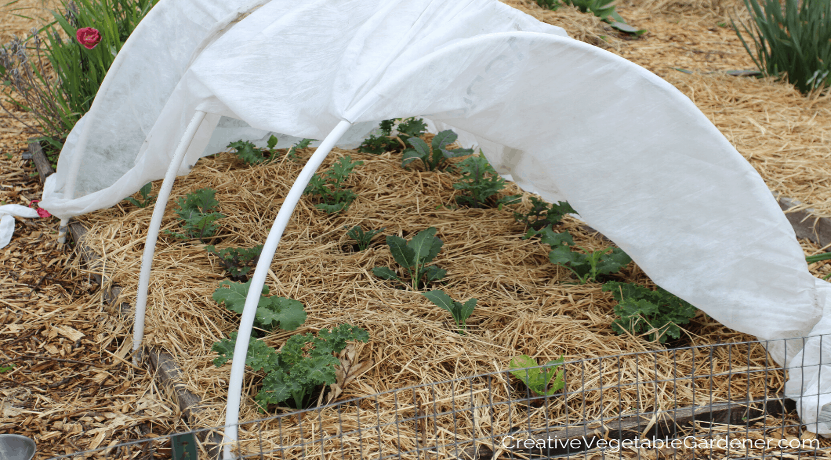How to Protect Your Plants in Cold Weather?
go.ncsu.edu/readext?892118
en Español / em Português
El inglés es el idioma de control de esta página. En la medida en que haya algún conflicto entre la traducción al inglés y la traducción, el inglés prevalece.
Al hacer clic en el enlace de traducción se activa un servicio de traducción gratuito para convertir la página al español. Al igual que con cualquier traducción por Internet, la conversión no es sensible al contexto y puede que no traduzca el texto en su significado original. NC State Extension no garantiza la exactitud del texto traducido. Por favor, tenga en cuenta que algunas aplicaciones y/o servicios pueden no funcionar como se espera cuando se traducen.
Português
Inglês é o idioma de controle desta página. Na medida que haja algum conflito entre o texto original em Inglês e a tradução, o Inglês prevalece.
Ao clicar no link de tradução, um serviço gratuito de tradução será ativado para converter a página para o Português. Como em qualquer tradução pela internet, a conversão não é sensivel ao contexto e pode não ocorrer a tradução para o significado orginal. O serviço de Extensão da Carolina do Norte (NC State Extension) não garante a exatidão do texto traduzido. Por favor, observe que algumas funções ou serviços podem não funcionar como esperado após a tradução.
English
English is the controlling language of this page. To the extent there is any conflict between the English text and the translation, English controls.
Clicking on the translation link activates a free translation service to convert the page to Spanish. As with any Internet translation, the conversion is not context-sensitive and may not translate the text to its original meaning. NC State Extension does not guarantee the accuracy of the translated text. Please note that some applications and/or services may not function as expected when translated.
Collapse ▲Here are a few tips for helping you protect your cold-sensitive landscape plants and cool-season vegetables to survive winter cold snaps:
If soils are dry, water the garden or landscape well a few days before extreme cold sets in. Moist soil holds heat longer and is more insulating than dry soil.
Be sure to not overwater in winter – wet soils increase root and crown rot diseases. Plants growing in containers are more sensitive to cold temperatures than plants growing in the ground.
Open blossoms and blossom buds showing color are more sensitive to cold than other plant parts. If you have camellias, blueberries, or other early blooming shrubs with open flowers and wish to protect the blossoms, completely cover the bushes with a row cover or blankets. Make sure covers extend all the way down to the ground and that they are staked down.
Blueberries do not open all their blossoms at one time so even if you lose some blooms in a freeze, your entire crop will not be lost.
Cover vegetables and cold-sensitive landscape plants such as figs and gardenias during cold spells. Cold hardy vegetables should be covered when temperatures are expected to fall below 32 degrees.
Wait until temperatures return to more moderate levels before removing covers even if this means keeping plants covered for several days.
When using row covers or other materials keep in mind double layers provide more protection than single layers.
Uncover crops as soon as milder temperature return. Smaller plants such as strawberries or seedlings can be covered with a thick layer of dry leaves or pine straw.
Many vegetable farmers use high tunnels, a type of unheated greenhouse, to grow winter crops. If you are serious about growing vegetables year-round, consider installing a high tunnel for winter gardening.
-Submitted by Anass Banna, Small Farms Agent






